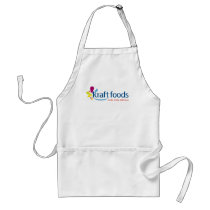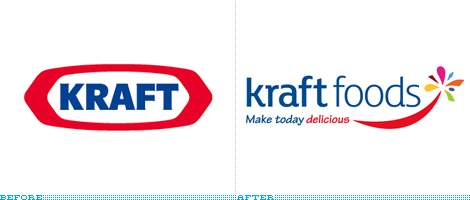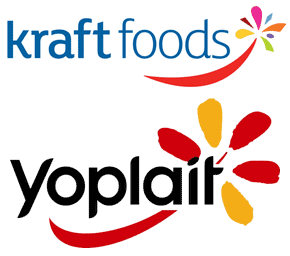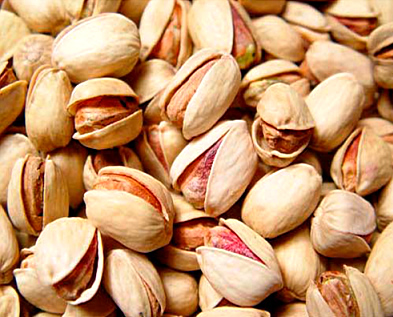 What is Kraft's brand image?
What is Kraft's brand image?
Kraft promotes it's brand image as fighting hunger and promoting healthy lifestyles across the world. Kraft cares a lot about the communities that they are a part of, and therefore continually looks for opportunities to give back on a global scale.
How does Kraft help?
Kraft provides to its communities through food donations, cash donations, and volunteer work. Over the past 25 years, Kraft has donated more than $770 million dollars in food and cash donations. More recently, Kraft pledged $180 million over the next three years with the goal of providing nutrition and educating children and families. Kraft donates approximately $100 million annually to nonprofit organizations. Kraft also volunteers with non-profit organizations such as Feeding America.
How Kraft's public relations enhances their brand image..

This past February, Kraft enhanced their brand and identity through their tagline and logo. The tagline says "Make today delicious." Kraft's public relations practitioners took the company's popular logo and made it more appealing by making it more friendly and relatable. Kraft's new logo features a red line which is supposed to symbolize a smile. At the end of the smile, a burst of colors shoot out at the end. This change was a public relations attempt to make Kraft's mission more recognizable to its customers.
This is what Kraft had to say about it:

"With a new purpose and values setting a fresh direction, Kraft Foods also gave its brand logo a face-lift to more clearly deliver "delicious." Starting today, people around the world will begin to see the new identity that deliciously features a smile, the natural reaction to delicious foods and experience, and a colorful flavor burst. It signals to employees, customers, and investors what the new Kraft Foods are all about."
Kraft's redesign.
 Some of the positive aspects of Kraft's redesign:
Some of the positive aspects of Kraft's redesign:
- The logo which previously used all capital letters have been replaced using all lowercase letters.
- The red line is supposed to symbolize a smile.
- The red smile bursts into seven unique colors.
- The different colors are supposed to represent the different divisions within the company working together.
- The logo features the tagline: "make a delicious difference."
Some of the negative aspects of Kraft's redesign:
- The logo is very busy in comparison to Kraft's previous one.
- The red smile is similar to Yoplait's logo.
 In one of the articles that I read, it said that Kraft will be using this logo as their brand logo. It went on to say that Kraft will still be using their existing logo but strictly on Kraft products. Kraft seems to think that this will be a good way to differentiate the classic Kraft products amongst the other Kraft branded products.
In one of the articles that I read, it said that Kraft will be using this logo as their brand logo. It went on to say that Kraft will still be using their existing logo but strictly on Kraft products. Kraft seems to think that this will be a good way to differentiate the classic Kraft products amongst the other Kraft branded products.
What is Kraft trying to convey?
Kraft is trying to convey how much they are concerned about their customers. They are trying to represent their caring nature through the smile. The phrase "make a delicious difference" is supposed to illustrate how Kraft wants to make a delicious difference by helping individuals in fighting hunger and promoting healthy lifestyles.
What PR campaigns have enhanced Kraft's image?

In a previous blog, I touched upon Kraft's first global event, Make a Delicious Difference Week. This event has helped Kraft enhance their image. Before the event, I was unaware that Kraft's brand focused on wanting to help their customers by promoting nutritious meals and healthy lifestyles; I only knew Kraft as the manufacturer of Kraft Macaroni and Cheese. I believe that Kraft's Make a Delicious Difference Week has improved their brand image in the minds of consumers.
Kraft's Make a Delicious Difference Week has been Kraft's first public relations campaign that shows consumers the values behind the company. Kraft has done a wonderful job, and I am excited to see what other ideas and campaigns Kraft's public relations department will come up with in the future.
Keep up the fantastic work Kraft!



